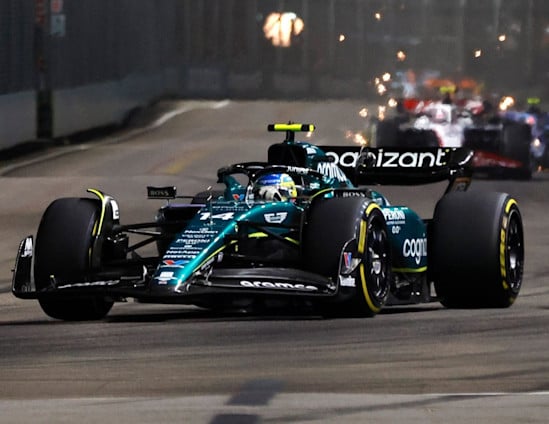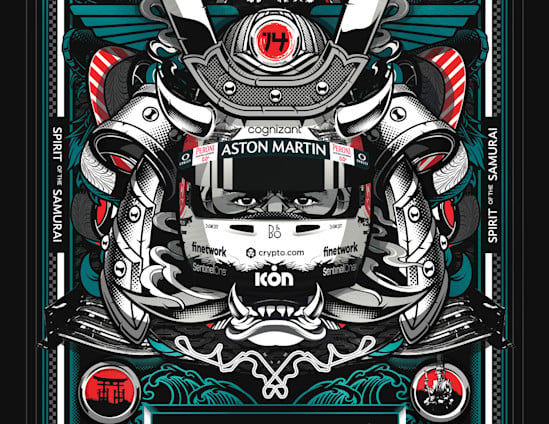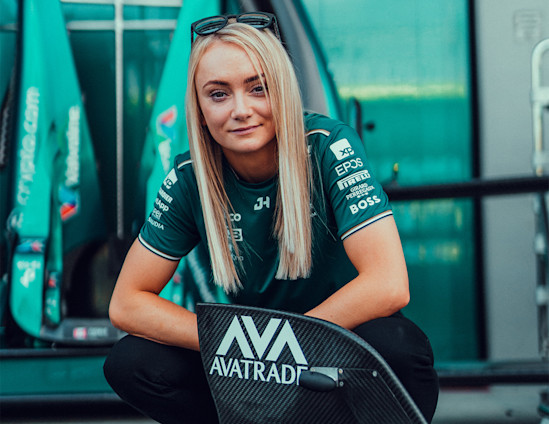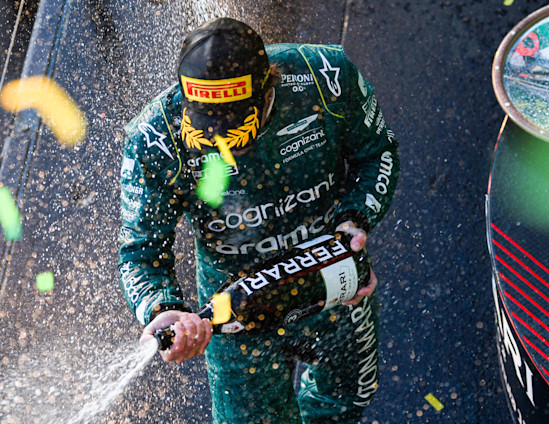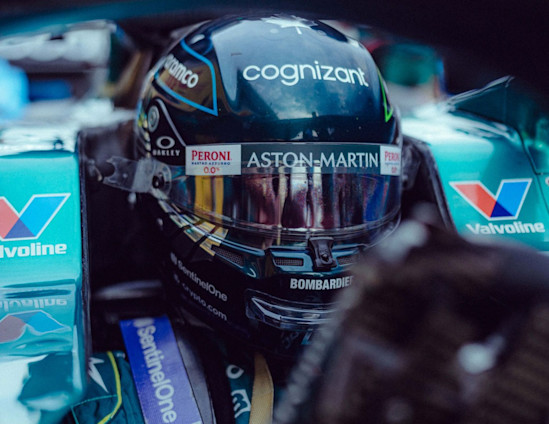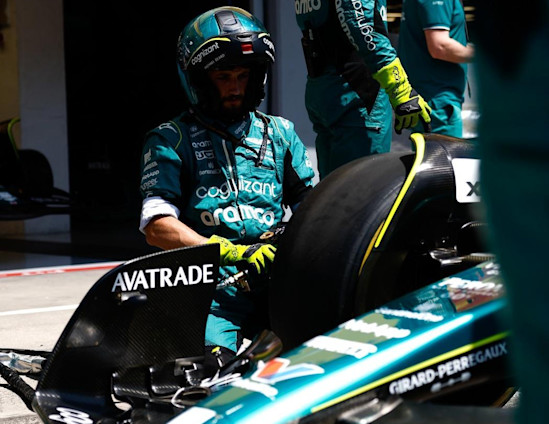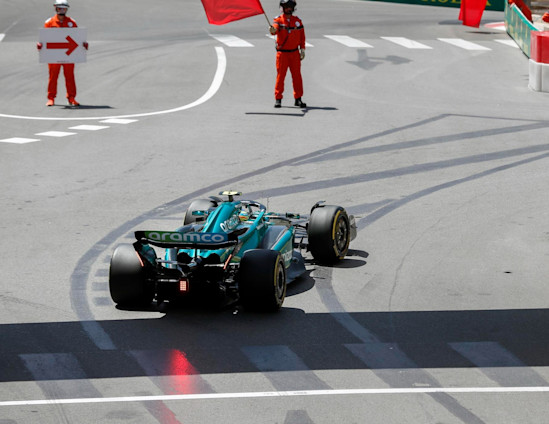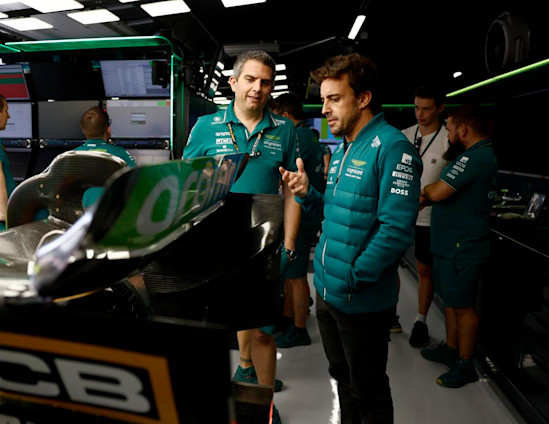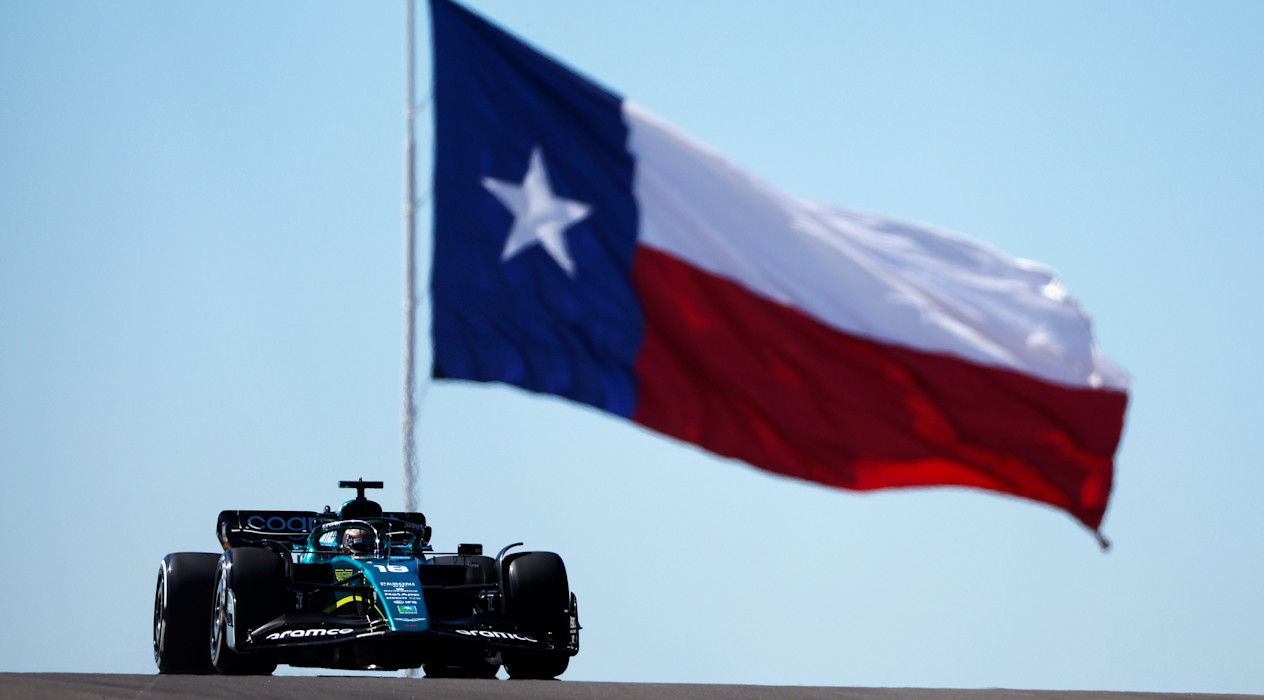
The spectrum of coloured flags forms a language, with which stewards and marshals can communicate with drivers. Together with our Official Trading Partner AvaTrade, we look at the use of flags in Formula One, and what each coloured flag conveys.
The use of flags in motorsport stems from road safety rules. In the late 1800s, flags were the most conspicuous way to warn drivers, pedestrians, and horse riders of any dangers or obstacles; the Locomotives Act 1865 required a flag-bearer to lead any 'locomotive' – a term that included automobiles – with a red flag to warn the driver of any obstacles and instruct them to stop.
As combustion engine vehicles went from road to racetrack and motorsport's roots began to spread in the early 1900s, so did flags.
The earliest known record of a black-and-white chequered flag being used in motorsport stems from the 1906 Vanderbilt Cup race in Long Island, New York. As we approach the 2023 United States Grand Prix, we've teamed up with our Official Trading Partner AvaTrade to provide a guide to each of the commonly used flags in Formula One and break down the rules around their use which are set out in Appendix H of the FIA's International Sporting Code.

Chequered flag
The origins of black-and-white chequered flags are something of a grey area, there are photographic records as far back as the aforementioned 1906 Vanderbilt Cup, for example, but the chequered flag has become a symbol of motorsport as a whole, even making its way onto carmakers' emblems.
To signify the end of any practice session or race, a black and white chequered flag must be waved or shown on a light placed at the side of the track until all competing cars have crossed the control line.
Article 2.5.2 of the FIA's International Sporting Code specifies that the dimension of the chequered flag must be at least 80cm x 100cm, while light boards should flash at 3-4Hz and be visible from a distance of 250m in bright sunshine.
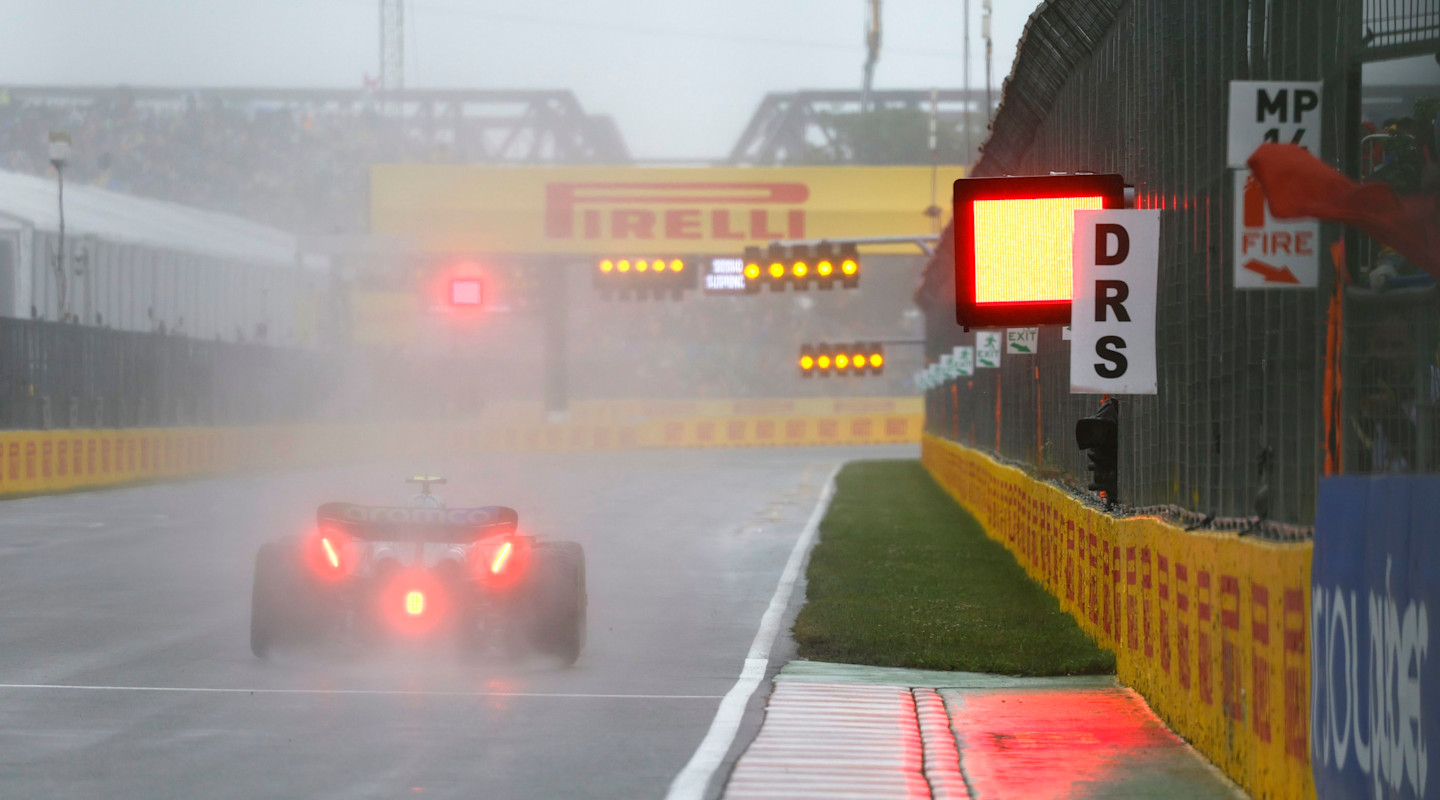
Red flag
To date, the red flag has been waved in 83 Formula One World Championship Grands Prix since 1950.
Red flags are waved at the start line, displayed on light boards and on each marshal post to signal the stoppage of a practice session or the race. If the red flag is shown during practice, the rulebook states that 'all cars shall immediately reduce speed and proceed slowly back to their respective pits'. Furthermore, drivers must not overtake during the red flag.
During a race, the red flag means all cars must immediately reduce speed and proceed to a point on the track or into the pitlane. Like the chequered flag, the red flag must be 80cm x 100cm in size.
Yellow flag
The yellow flag signals danger to drivers and is flown at marshal posts or on electronic signalling boards preceding the hazard on track. This colour flag can be shown in two different ways.
A single waved yellow flag signals that drivers must not overtake and should be prepared to change direction due to a hazard on or beside the track.
Double-waved yellow flags – sometimes known as the 'double yellow' – warn drivers to reduce speed significantly, not overtake, and be prepared to change direction or stop for a hazard and marshals on or beside the track.
Overtaking is not permitted between the first yellow flag and the green flag displayed after the incident.
A single yellow flag and the letters 'VSC' on the lighting boards can also be used to signal the use of the Virtual Safety Car. If a speed limit is imposed, the words ‘SLOW’ will be displayed on the board.
A yellow flag with red stripes indicates grip levels are compromised by oil or water.
Unlike the chequered and red flags, the minimum size of all flags, including yellow flags, is 60cm x 80cm.
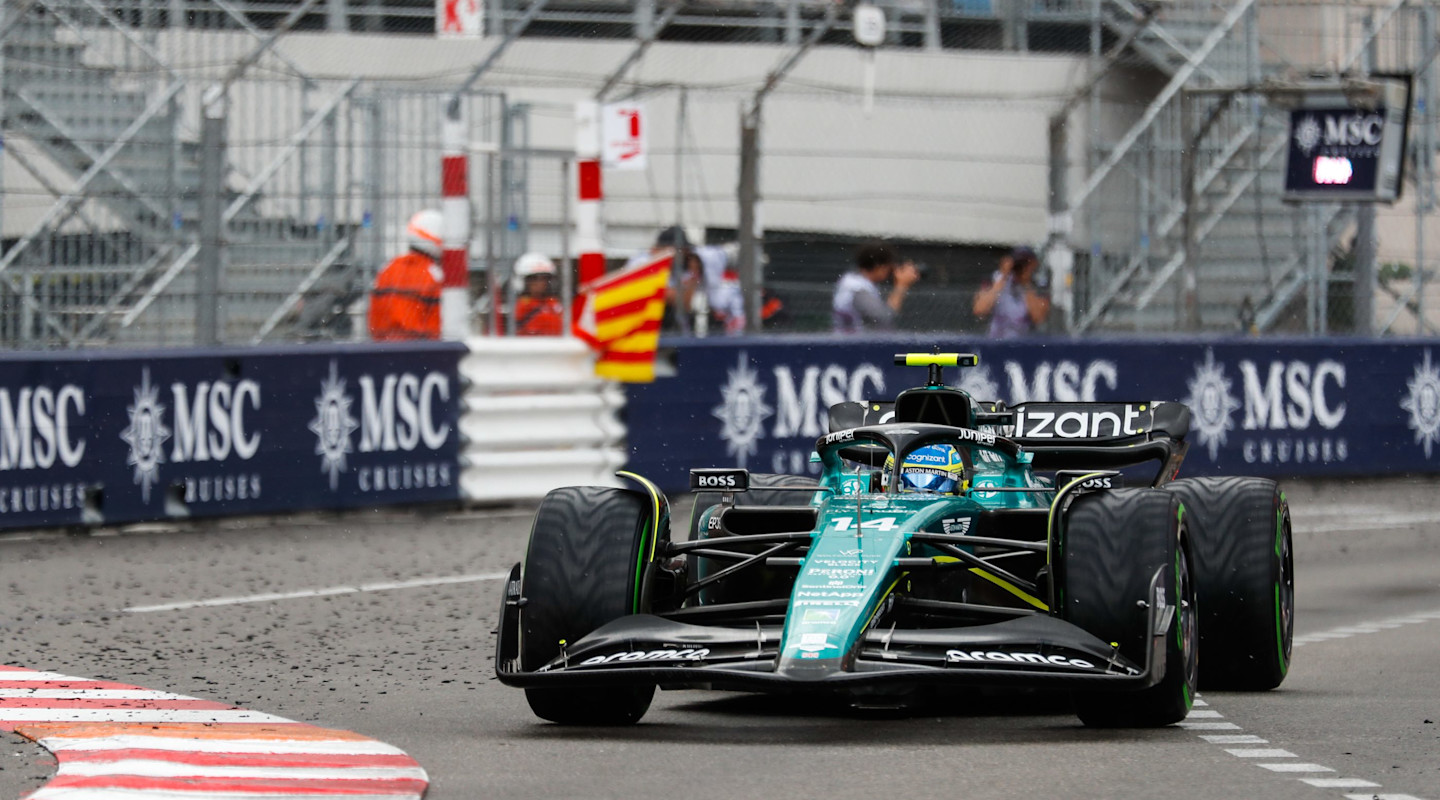
Blue flag
During a race session, the blue flag is shown to a driver who is about to be lapped. The driver must then allow the lapping car to pass them at the earliest opportunity. During practice, the blue flag informs drivers that a faster car is on the verge of overtaking.
In any session, the blue flag is also shown to inform drivers leaving the pits that traffic is approaching.
White flag
The white flag is waved to inform a driver that there is a much slower vehicle ahead, particularly in practice and Qualifying sessions.
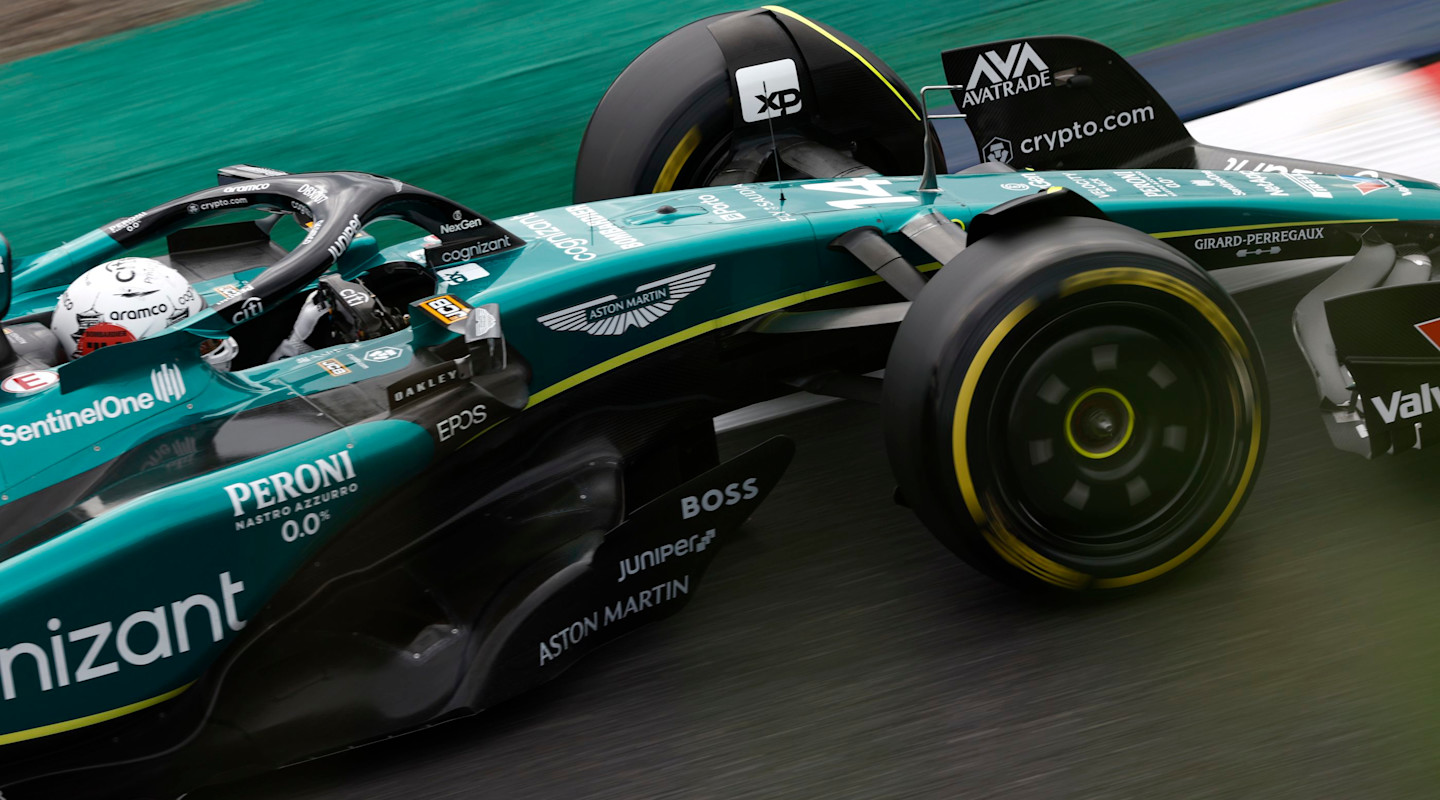
Black flag
Perhaps the rarest site in modern Formula One, the black flag is used to inform a driver to return to the pits – a disqualification. If the black flag is flown for more than four consecutive laps, the driver and team may be in for a more severe penalty. It was last shown to a driver in the 2007 Canadian Grand Prix.
A black flag with an orange disc 40cm in diameter informs the driver that their car has mechanical problems, and they must return to the pits on the next lap.
A black and white flag divided diagonally is a warning for unsportsmanlike behaviour – including transgressions of track limits, where three violations result in a black and white flag and another black and white flag results in a penalty for the driver.
Green flag
The green flag indicates that the track is clear after the use of the yellow flag. the green flag is also waved to signal to the FIA's permanent starter Rebecca Lee, who has taken on the role from Christian Bryll since the 2023 Singapore Grand Prix that all the cars have lined up on the grid after the formation lap, ready for the race start.
After the green flag is waved, it's lights out and away we go...
Learn more with AvaTrade
In the same way that a racing driver can constantly learn and improve using data, AvaTrade encourages traders to hone and refine their own skills – courses are created by experts, free to access, tightly focused and comprehensive.
You can discover more about our partnership with AvaTrade and access a suite of free educational resources designed to help you enhance your trading skills.

AVATRADE EXPLAINS THE F1 RULEBOOK
Amplify your fan experience
From exclusive collabs to once-in-a-lifetime prizes, I / AM DROPS is a new series of unique and ultra-limited moments and fan experiences.
Sign up for I / AM or sign in to unlock.


